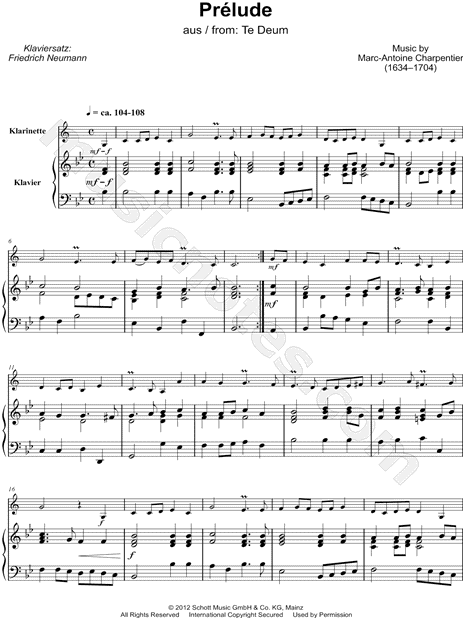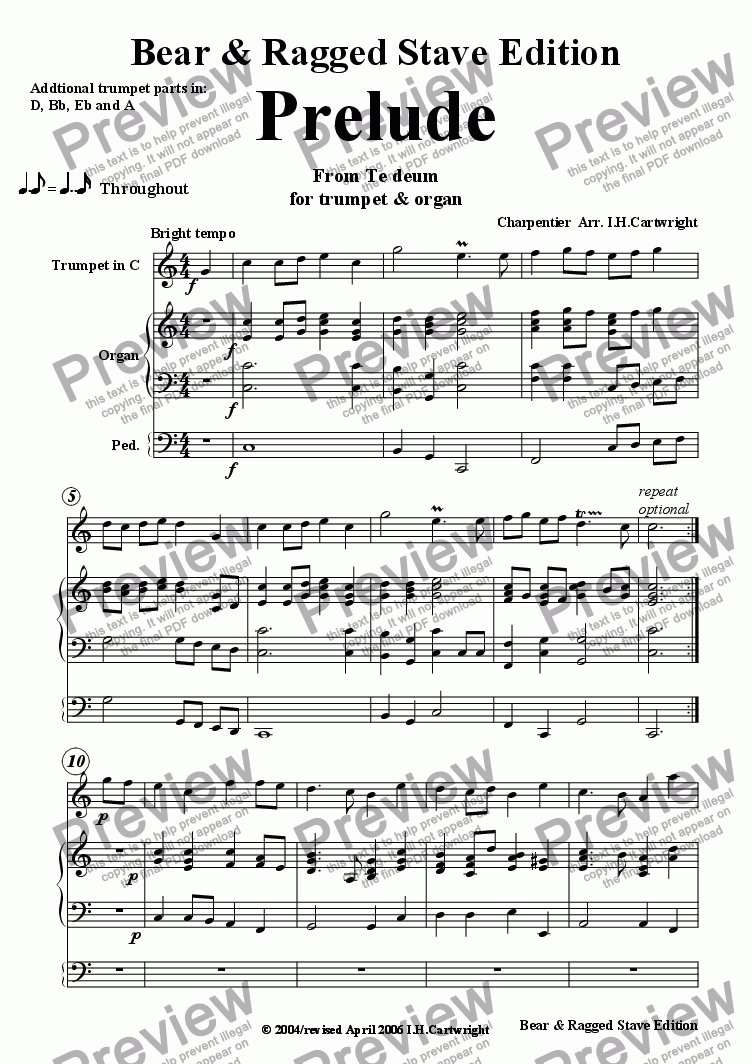

He nonetheless held several important posts outside the court, including that of music director of St. But his success and his growing reputation as one of the king's favorites eventually aroused the jealousy of Lully, who kept Charpentier from gaining a position at court and who was granted royal edicts that restricted performances of some of his rival's music. During that time, he began also to collaborate on theatrical works with Molière and his company of actors. By his early thirties, he was serving as music director, as well as an haute-contre singer (high tenor) for the important musical establishment of the Duchesse de Guise, the king's niece, for whom he wrote a great many dramatic and sacred works. During his lifetime, he was highly respected by connoisseurs and rose to important posts outside the court, but, due largely to Lully's jealousy, he never held a position in the court or received the kinds of honors that such a position might bring.Īs a young man, Charpentier spent time in Rome, where he met Carissimi, whose intensely expressive music and Italian style were a great influence on his own music. Many people both in his time and in ours have considered Charpentier to be at least the equal of the more famous French court composer Lully.

As always, Charpentier's setting is highly sensitive to the details of the text. It opens with its famous warlike prelude, but then moves between beautiful, introspective solo music and brighter fanfares with chorus, trumpets, and timpani. It is scored for a large ensemble of eight soloists and chorus with an orchestra of flutes, oboes, bassoons, strings, organ, and - for the only time among his six Te Deums - for the military sound of trumpets and timpani.


It dates from the early 1690's, when he was music master for the Jesuits in Paris, and it may well have been written to celebrate Louis XIV's victory over the allies at Steenkerque in Flanders (1692). The ancient Te Deum hymn was often set to music through the centuries to celebrate military victories or other public events, but the exact occasion of this setting by Charpentier is not known for certain. This Te Deum, no doubt his best known work, was the first of his works to be recorded (1953), and its familiar prelude is particularly popular in Europe as a theme song on Eurovision. Over the past half century, as Charpentier's music has been gradually revived, he has become recognized as one of the great figures of the Baroque era and a composer of great originality and emotional depth.


 0 kommentar(er)
0 kommentar(er)
